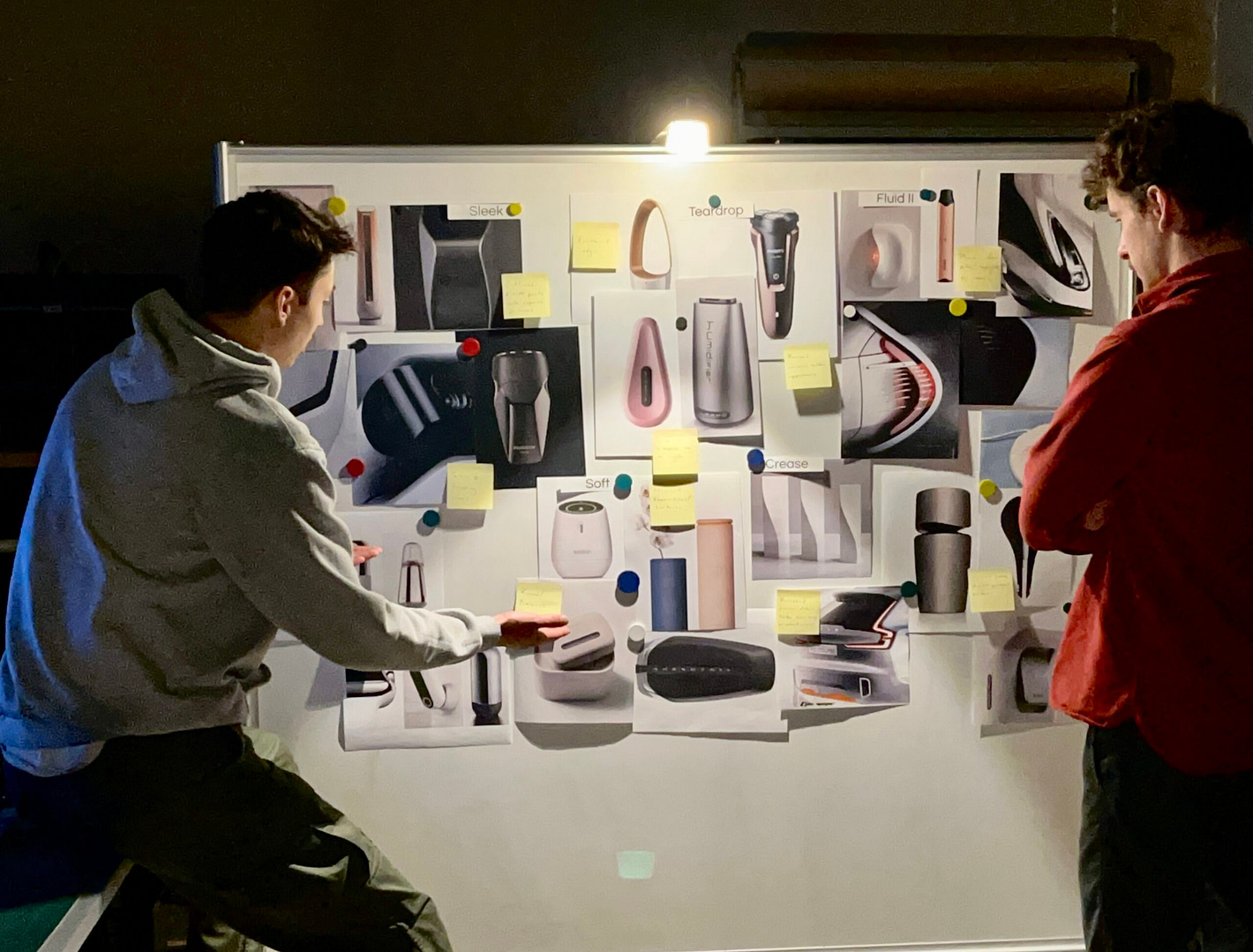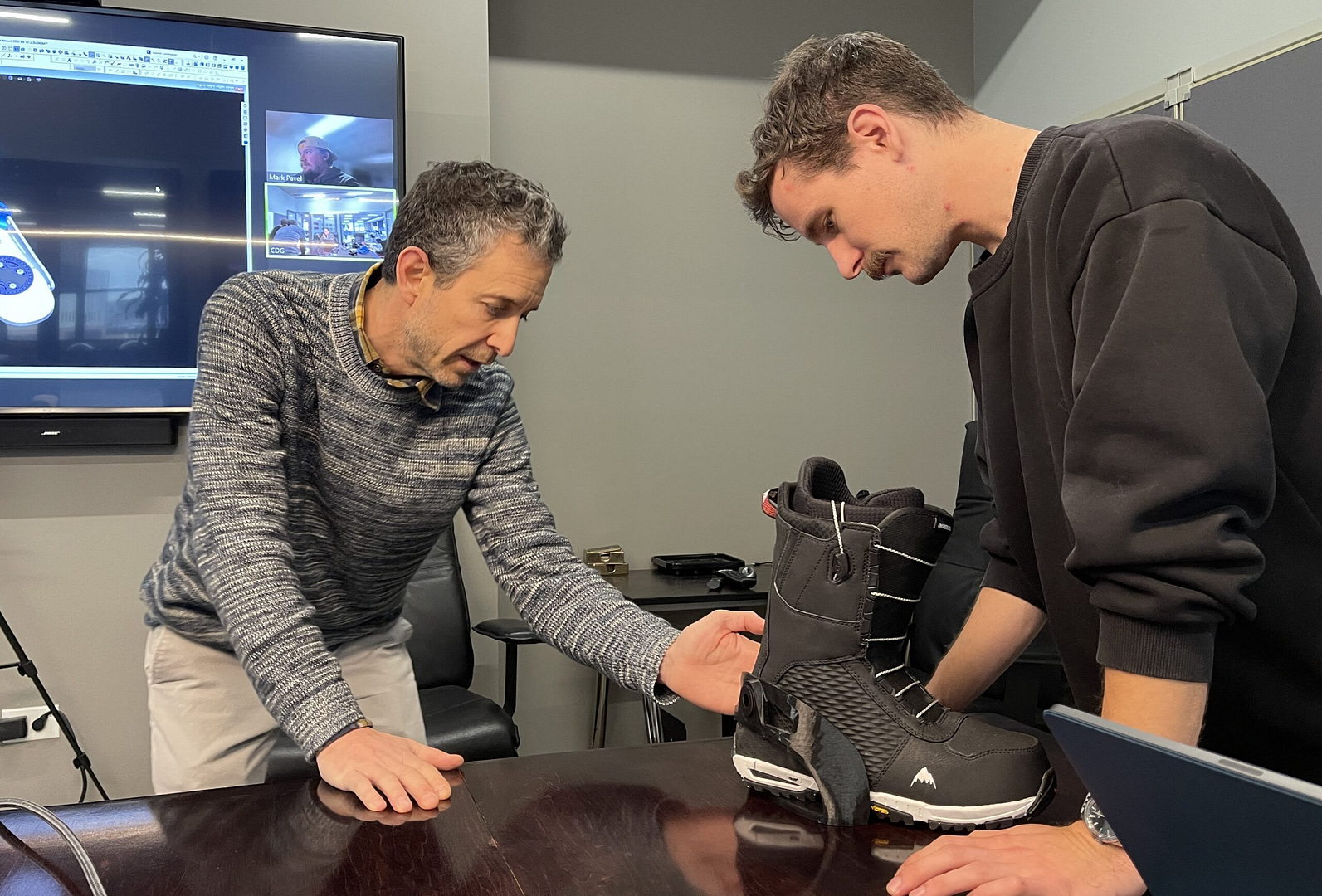When preparing to outsource the design and development phase of a product, one common error business owners often make is hiring a contractor or agency they’ve found through a simple online search. Without assuring that the location, qualified experience, expertise, and skills are best suited for their particular project, this can lead to headaches down the line.
Before searching for product development partners to outsource with, it’s essential to have a strong command over all facets of the project to ensure your satisfaction that it’s managed expertly throughout the process.
CHOI Design Group offers innovative solutions through all stages of product development for consumer, industrial, commercial, medical, and digital products. We’ll guide readers to understand the considerations and requirements necessary to effectively outsource your product development with essential tools, processes, solutions, and step-by-step tips to streamline the outsourcing process.
1. Analyze the unique obstacles and requirements of your project first
When you know the essentials and requirements are going into product development, you can drive the project closer to your ideal goals. Start by creating an itemized list of activities needed to be done. Understand your budget and deadline limits for the project’s scope to enable you to proceed methodically with outsourcing. It will also help you stay agile, understanding that as the development process moves forward, customer feedback, industry trends, and other elements may affect the direction as your production advances.
2. Get familiar with the cost of your project and select an operational model
Depending on your needs and budget, several price models can be selected. The most prevalent are the Fixed Price Model and the Time and Material Model.
Fixed Price Model
This model is ideal for smaller projects with a basic scope. Suppose the project has a fixed budget, timeline, and scope of work, without a likelihood of modification. A Fixed Price Model is appropriate, affordable, and payable after the project is completed.
Time and Material Model
This is a method where hourly rates, costs, and materials are agreed upon ahead of time, and teams can manage and adapt deadlines and budgets as needed. Development start times are often accelerated though the full scope may not be fully established.
3. Select a reliable, experienced, well-matched product development team.
This is a vital opportunity to research your options diligently. The digital landscape of business makes it easier to access and compare potential design partners and find the right fit by assessing previous projects, business reviews, social media, and additional content available at your fingertips.
CHOI Design Group stacks up well against the competition with our ability to cut a clear path toward winning design solutions and an extensive track record of successful projects across various sectors.
4. Create a design and software specification document
The design and software document helps facilitate your strategy and solutions. You will integrate and update the information to ensure a comprehensive understanding of the elements involved in the development process. This should include a:
- Comprehensive project overview
- Problem statement
- Project goals
- Target audience
- Functional requirements
- Intended features
- Aesthetic details
- Non-functional parts
- Suggestions and restrictions
- Questions
5. Reach out when you’re ready for project development support
One of the most common mistakes business owners make when outsourcing development is not being prepared with a strategic action plan and building familiarity with typical costs, timelines, scope, and features of their project. Building your authority on the front end will enable you to choose your product’s best-fit product development partners. The team at CHOI Design Group is available for new inquiries once you’re prepared to proceed.




